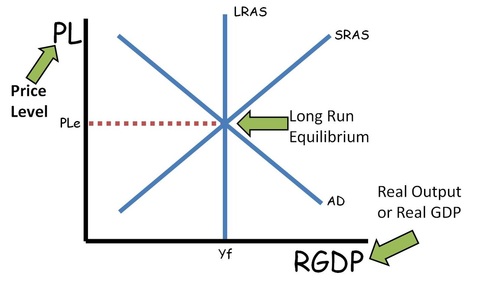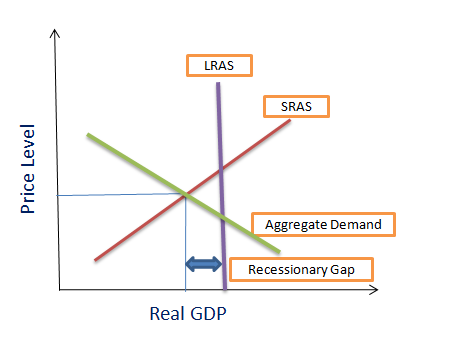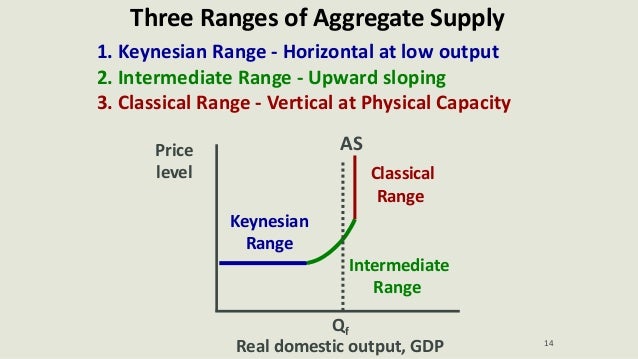2 tools of fiscal policy:
- taxes: government can increase or decrease taxes
-spending: government can increase or decrease spending.
-Fiscal Policy is enacted to promote our nations economic goals: Full employment, price stability, economic growth.
Deficits,Surpluses, and Debt
Balanced Budget
-Revenues = expenditures
Budget Deficit
-Revenues< Expenditures
Budget Surplus
-Revenues>Expenditures
FORMULA : Government Debt= Sum of all deficits - Sum of all surpluses
Government borrows from
-Individuals
-Corporations
-Financial Institutions
-Foreign entities or foreign governments
Fiscal Policy, two options
Discretionary fiscal Policy
-Expansionary Fiscal Policy- think deficit
-Constructionary fiscal policy- think surplus
Non-Discretionary fiscal Policy (no action)
Discretionary v Automatic Fiscal Policies
Discretionary : increasing or decreasing government spending and'or taxes in otder to return the conomy to full employment. Discretionary policy involves policy makers doing fiscal policy in response to an economy problem
Automatic: unemployment compensation and marginal tax rates are examples of automatic policies that help mitigate the effects of recession and inflation. Automatic fiscal policy takes place having to respond to current economic problems.
:max_bytes(150000):strip_icc()/what-is-fiscal-policy-types-objectives-and-tools-3305844-final-5b4e4a59c9e77c005bbfde3a.png)
Expansion fiscal policy:
Increase government spending (G^)
Decrease taxes (T⌄)
Notice that the PL increase. This means expansionary fiscal policy creates some inflation
Contractionary fiscal policy
Decrease government spending (G)
Increase taxes (T^)
Weaknesses of fiscal policy:
Lags
-inside lag: takes time to recognize economic problems and to promote solutions to the problems.
-outside lag: it takes time to implement solution to problem
Supply side policies
Stimulate production supply to spur output
Cut taxes and government regulations to incentives for businesses and individuals.
Businesses invest Ana expands creating jobs people work save and spend more.
Increasing investment and productivity leads to increased output
Demand side policies
Stimulate consumption of goods and services (demand to spur output)
Cut taxes or increase federal spending to put money into people’s hands
With more money People buy more
Businesses increase output to meet growing demand
Automatic or built in stabilizers:
Anything that increases the government budget deficit during a recession and increased its budget surplus without requiring explicit access by policy makers.
Transfer payments:
-welfare checks
-food stamps
-payment checks
-corporate dividends
-social security
-veterans benefits
Tax system
Progressive tax system
-average tax rate (tax revenue/GDP) rises with GDP
proportional tax system
-average tax rate remains constant as GDP changes
Progressive tax system
-average tax rates falls within GDP







/what-is-balance-of-payments-components-and-deficit-3306278-Final1-c67946023d0f4cdcb7e7794de02947bc.png)